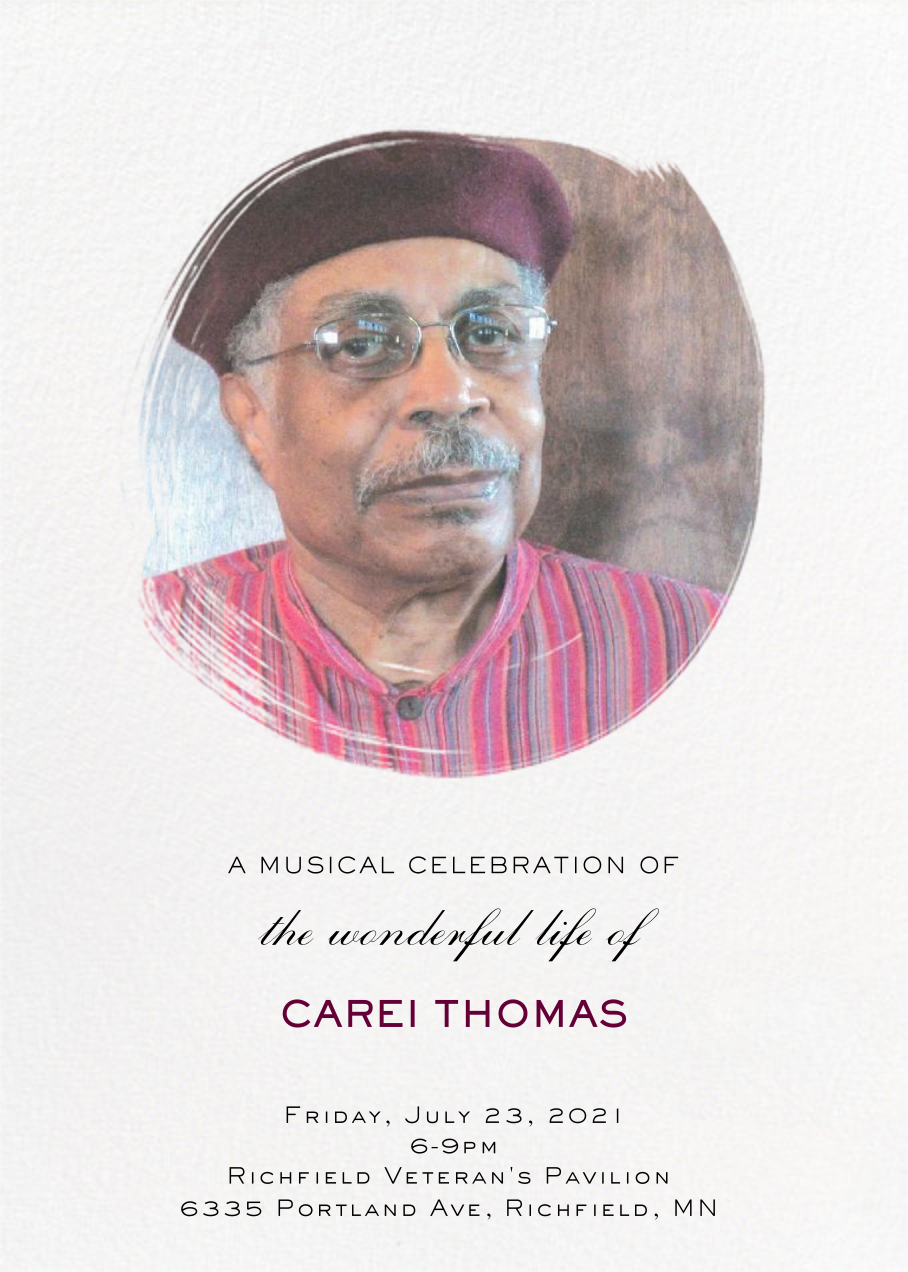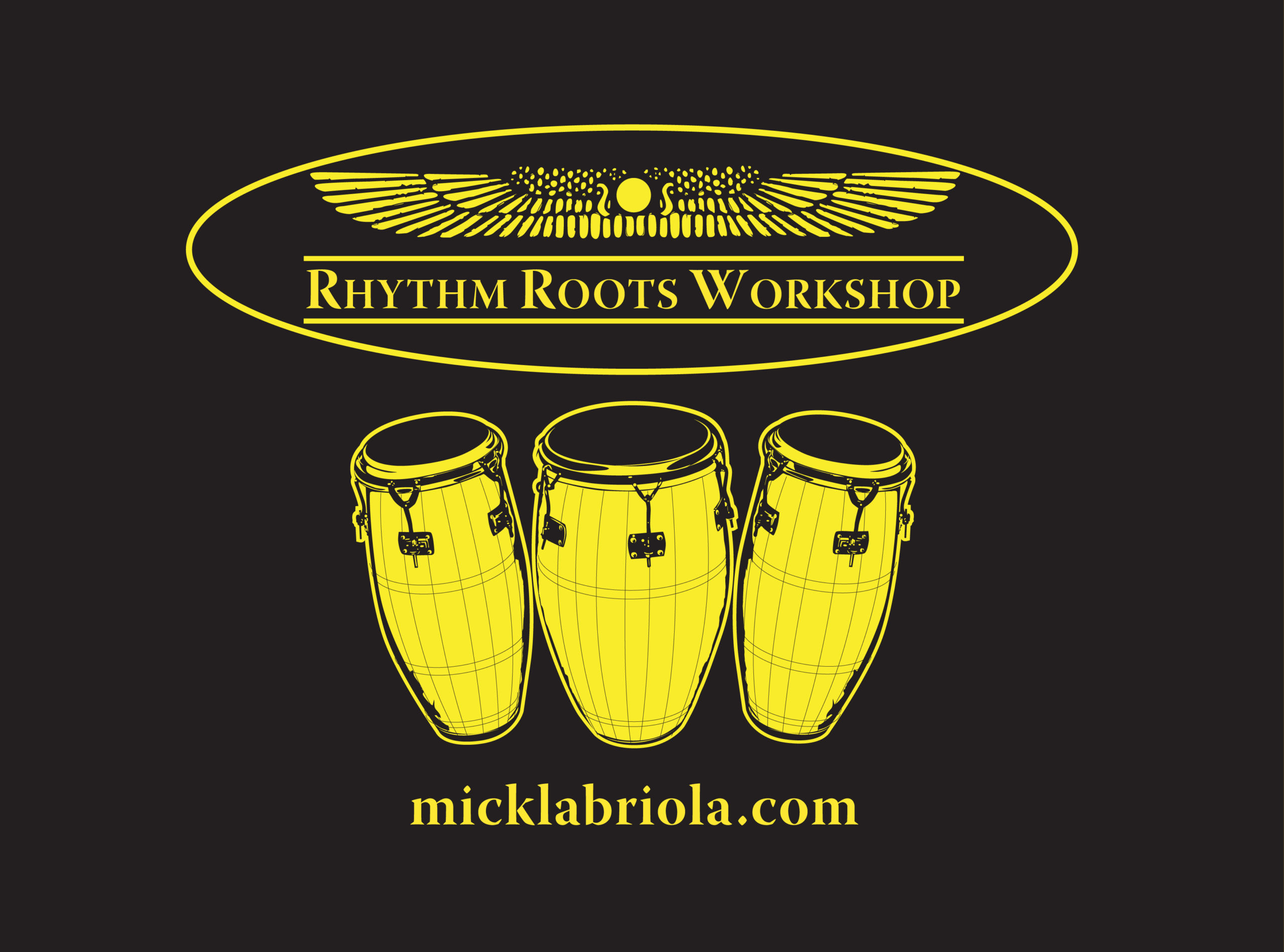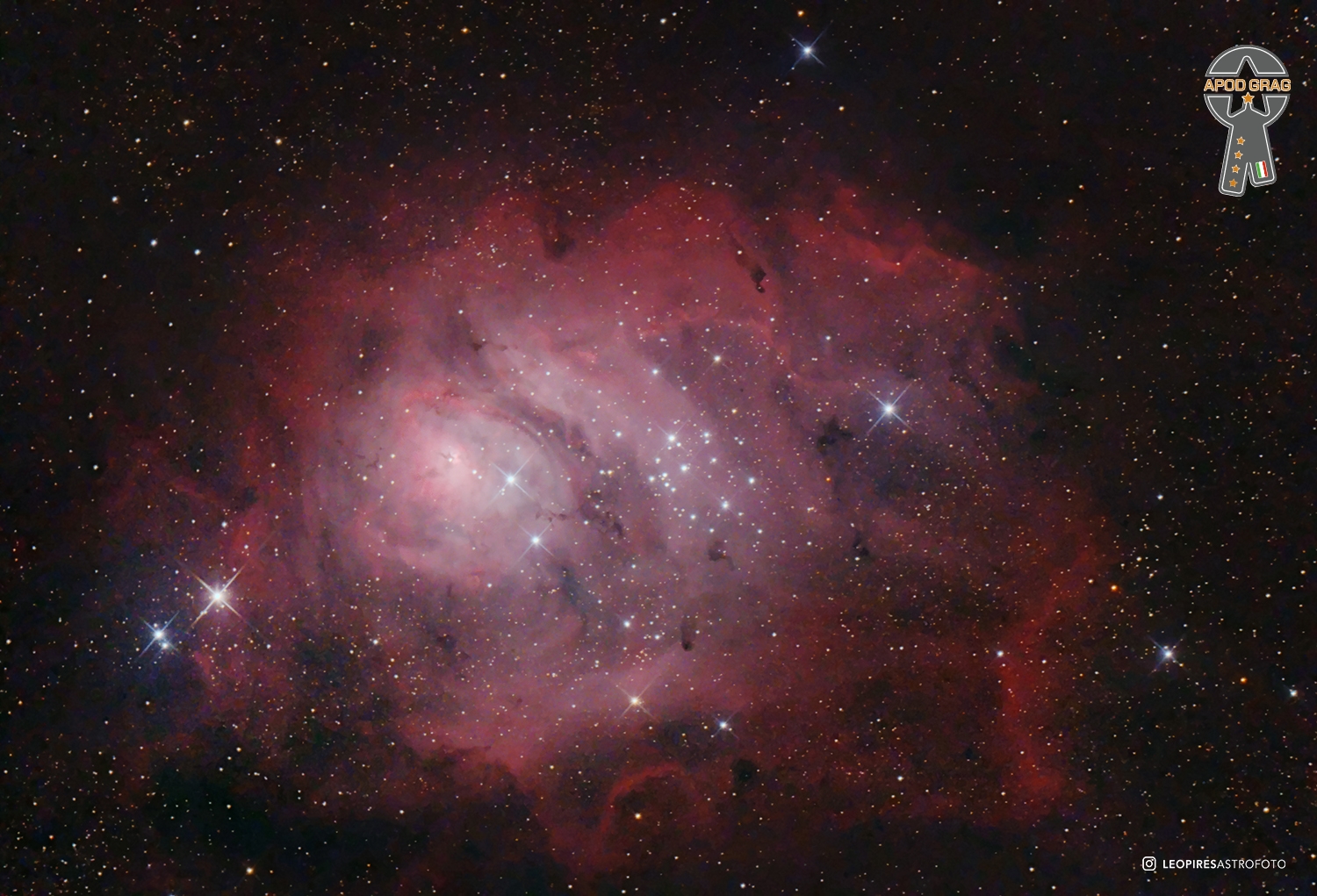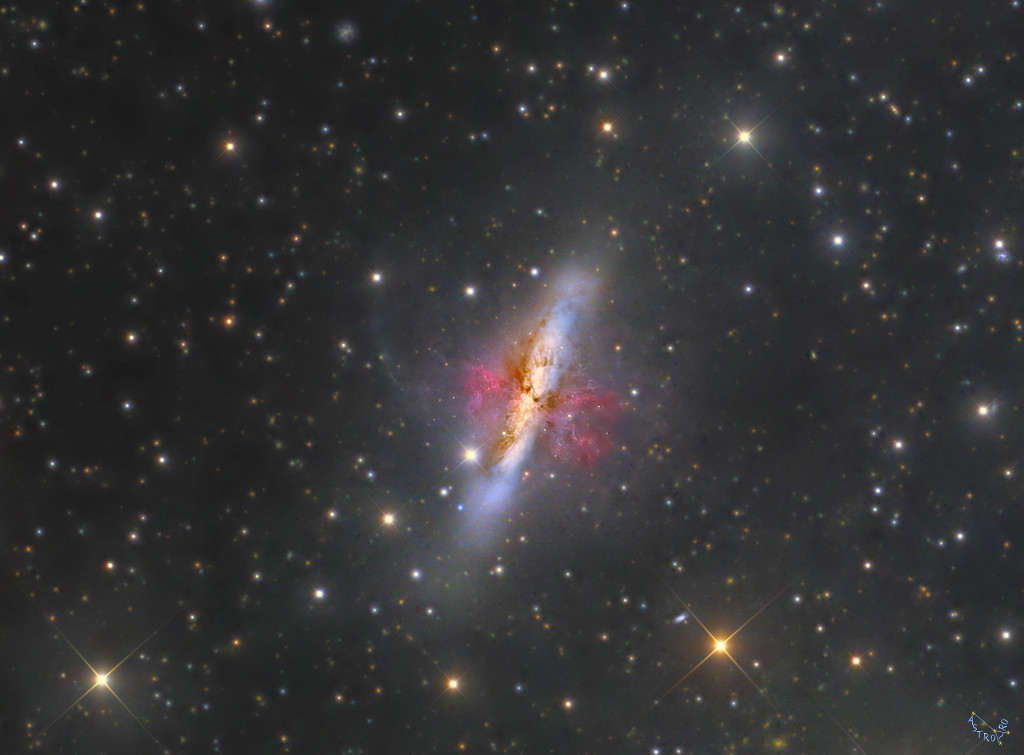Blog
Michael Rose (born 11 July 1957) is a Grammy award-winning reggae singer from Jamaica. Possessing a wide-ranged voice, Rose would regularly meet in Kingston with singers, musicians, writers, and producers such as Dennis Brown, Big Youth, The Wailers, Gregory Isaacs, Sly and Robbie, and others.
Rose started his recording career as a solo artist for record producers Yabby You and Niney the Observer. He joined Black Uhuru in 1977 after the departure of Don Carlos and Garth Dennis. He led them to international success in the early 1980s, having written most of their popular material. They won the first-ever Grammy Award for reggae in 1985 for the album Anthem, with the hallmark voice of Rose in the forefront.
After the release of Anthem, Rose left Black Uhuru and retired to the Blue Mountains in Jamaica to start a coffee farm. He released a string of singles in Jamaica, but nothing much was heard of him outside the island until 1989, when he was signed to RCA and released the strongly pop influenced album Proud in Europe and Japan. The deal with RCA was short-lived however, and Rose returned to Jamaica to record a new string of Sly and Robbie produced singles. He also recorded for other producers but the only albums during this period were the Japan only releases Bonanza (1991) and King Of General (1992). The Sly and Robbie produced singles were eventually released on the vinyl only Sly And Robbie presents: Mykall Rose – The Taxi Sessions in 1995 also saw his American debut as a solo artist with the album Michael Rose on Heartbeat Records. The single “Short Temper” reached No. 2 on the Gavin reggae chart.
more...Oscar Emilio León Somoza (born July 11, 1943), known as Oscar D’León, and affectionately called The Pharaoh of Salsa, The Lion of Salsa, and the Son singer of the World, is a Venezuelan musician best known for his work with salsa music. He is the author of “Llorarás”, which he recorded in 1975 with his group La Dimensión Latina. He is also ambassador for Operation Smile.
more...Tomasz Ludwik Stańko (11 July 1942 – 29 July 2018) was a Polish trumpeter and composer. Stańko was associated with free jazz and the avant-garde.
In 1962, Tomasz Stańko formed his first band, the Jazz Darings, with saxophonist Janusz Muniak, pianist Adam Makowicz, bassist Jacek Ostaszewski, drummer Wiktor Perelmuter. Inspired by Ornette Coleman and the innovations of John Coltrane, Miles Davis and George Russell, the group is often cited by music historians as the first European group to play free jazz. In his later years, he collaborated with pianist Krzysztof Komeda on Komeda’s album Astigmatic, recorded in late 1965. In 1968, Stańko formed a quintet whose members were Janusz Muniak (tenor and soprano saxophones, flute), Zbigniew Seifert (alto sax and violin), Bronisław Suchanek (bass), Janusz Stefański (drums, percussion). In 1975, he formed the Tomasz Stańko-Adam Makowicz Unit.
Stańko established a reputation as a leading figure not only in Polish jazz, but internationally as well, working with musicians including Jack DeJohnette, Dave Holland, Reggie Workman, Rufus Reid, Lester Bowie, David Murray, Manu Katché and Chico Freeman. From 1984, he was a member of Cecil Taylor‘s big band.
more...Ronald Augustus Mack (July 11, 1940 – November 5, 1963) was an American songwriter, singer and talent manager who wrote “He’s So Fine“, a number one chart hit in 1963 for the Chiffons and the apparent inspiration for George Harrison‘s “My Sweet Lord“. Mack’s early death reportedly inspired Holland, Dozier and Holland to write the song “Jimmy Mack“.
Ronnie Mack (known to his friends as Rocco) grew up in Harlem, New York City, and loved music from childhood, teaching himself to play piano. By the mid-1950s he started writing songs, and also performed in a doo-wop vocal group, the Marquis, which unusually for the time featured a female lead singer, June Bateman (who later married musician Noble “Thin Man” Watts). In 1956, the group recorded a song co-written by Mack, “Bohemian Daddy”, for the Onyx record label. After the Marquis split up, Mack formed a new group, the Highlights, who included singer Joyce Peterson, but they never recorded.
more...July 11th 1938
Terry Garthwaite is an internationally known singer, songwriter, composer, producer, and teacher. Her recording career dates back to the late 1960s when she and Toni Brown formed the rock group Joy of Cooking. She recorded several albums with the band, and then a dozen others by herself or in collaboration with other jazz and blues musicians.
Terry has also produced recordings by other artists including Jasmine, Rosalie Sorrels, rhiannon, Hunter Davis, Robin Flower, and the Garthwaite-produced Shadows on a Dime was awarded four stars by Rolling Stone.
In performance she has shared the stage with such artists as BB King, Janis Joplin, Bonnie Raitt, The Band, Allen Ginsberg, Santana, Rosalie Sorrels and writer Bobbie Hawkins at venues that include Carnegie Hall, the Joseph Papp Theater, the Hollywood Bowl, and Canadian Folk Festivals.
Terry’s recent recordings and writing reflect an awareness of the healing nature of music. In 1992 she recorded her critically acclaimed Affirhythms – rhythmic affirmation chantsongs, and followed it in 2000 with Sacred Circles, songs of hope and heart.
Terry’s music is an array of songs and sounds that encourages empowerment and delight, and radiates the healing nature of music. She currently leads vocal retreats, drum circles, and classes in singing together, playing with sound, and digging the musical garden.
She’s published a book, Joy of Sound – Explorations in Awareness Through Sound and Song, that includes vocal games/exercises and a CD of chants, as well as a couple of small books of Alliterhythms–pithy positive songs and sayings in alliteration.
more...
Rhythm Roots Workshop world drumming program with Task Unlimited (https://tasksunlimited.org) working with the Mental Health community. Saturday July 10th 2021 from 430-6pm.
Tasks Unlimited
2419 Nicollet Ave S.
Minneapolis, MN 55404

The Lagoon Nebula (catalogued as Messier 8 or M8, NGC 6523, Sharpless 25, RCW 146, and Gum 72) is a giant interstellar cloud in the constellation Sagittarius. It is classified as an emission nebula and as an H II region.
The Lagoon Nebula was discovered by Giovanni Hodierna before 1654 and is one of only two star-forming nebulae faintly visible to the eye from mid-northern latitudes. Seen with binoculars, it appears as a distinct oval cloudlike patch with a definite core. Within the nebula is the open cluster NGC 6530.

Béla Anton Leoš Fleck (born July 10, 1958) is an American banjo player. An acclaimed virtuoso, he is an innovative and technically proficient pioneer and ambassador of the banjo, bringing the instrument from its bluegrass roots to jazz, classical, rock and various world music genres. He is best known for his work with the bands New Grass Revival and Béla Fleck and the Flecktones. Fleck has won 14 Grammy Awards and been nominated 33 times.
In 2020, he was inducted into the International Bluegrass Music Hall of Fame as a member of New Grass Revival.
A native of New York City, Fleck was named after Hungarian composer Béla Bartók, Austrian composer Anton Webern, and Czech composer Leoš Janáček. He was drawn to the banjo at a young age when he heard Earl Scruggs play the theme song for the television show Beverly Hillbillies and when he heard “Dueling Banjos” by Eric Weissberg and Steve Mandell on the radio. At the age of 15, he received his first banjo from his grandfather.
more...Edward Lee Morgan (July 10, 1938 – February 19, 1972) was an American jazz trumpeter and composer.
One of the key hard bop musicians of the 1960s, Morgan came to prominence in his late teens, recording on John Coltrane‘s Blue Train (1957) and with the band of drummer Art Blakey before launching a solo career. Morgan stayed with Blakey until 1961 and started to record as leader in the late ’50s. His song “The Sidewinder“, on the album of the same name, became a surprise crossover hit on the pop and R&B charts in 1964, while Morgan’s recordings found him touching on other styles of music as his artistry matured. Soon after The Sidewinder was released, Morgan rejoined Blakey for a short period. After leaving Blakey for the final time, Morgan continued to work prolifically as both a leader and a sideman with the likes of Hank Mobley and Wayne Shorter, becoming a cornerstone of the Blue Note label.
Morgan’s life was cut short at the age of 33 when his common-law wife Helen shot and killed him following a confrontation at Slugs’ Saloon, in New York City.
Edward Lee Morgan was born in Philadelphia, Pennsylvania, on July 10, 1938, the youngest of Otto Ricardo and Nettie Beatrice Morgan’s four children.
Originally interested in the vibraphone, he soon showed a growing enthusiasm for the trumpet. Morgan also knew how to play the alto saxophone. On his thirteenth birthday, his sister Ernestine gave him his first trumpet. His primary stylistic influence was Clifford Brown, with whom he took a few lessons as a teenager.
more...Milton Brent Buckner (July 10, 1915 – July 27, 1977) was an American jazz pianist and organist, who in the early 1950s popularized the Hammond organ. He pioneered the parallel chords style that influenced Red Garland, George Shearing, Bill Evans, and Oscar Peterson. Buckner’s brother, Ted Buckner, was a jazz saxophonist.
Milton Brent Buckner was born in St. Louis, Missouri. His parents encouraged him to learn to play piano, but they both died when he was nine years old. Milt and his younger brother Ted were sent to Detroit where they were adopted by members of the Earl Walton band:[2] trombonist John Tobias, drummer George Robinson fostered Milt and reedplayer Fred Kewley (né Fred Cecil Kewley; 1889–1953) fostered Ted.[4] Buckner studied piano for three years from the age 10, then at 15 began writing arrangements for the band, he and his brother going on to become active in the Detroit jazz world in the 1930s.
more...Charles Melvin “Cootie” Williams (July 10, 1911 – September 15, 1985) was an American jazz, jump blues, and rhythm and blues trumpeter.
Born in Mobile, Alabama, Williams began his professional career at the age of fourteen with the Young Family band, which included saxophonist Lester Young. According to Williams he acquired his nickname as a boy when his father took him to a band concert. When it was over his father asked him what he’d heard and he replied, “Cootie, cootie, cootie.”
In 1928, he made his first recordings with pianist James P. Johnson in New York, where he also worked briefly in the bands of Chick Webb and Fletcher Henderson. He rose to prominence as a member of Duke Ellington‘s orchestra when the band was playing at the Cotton Club, with which he first performed from 1929 to 1940. He also recorded his own sessions during this time, both freelance and with other Ellington sidemen. Williams was renowned for his “jungle” style trumpet playing (in the manner of Ellington’s earlier trumpeter Bubber Miley and trombonist Joe “Tricky Sam” Nanton) and for his use of the plunger mute. He also sang occasionally. A notable instrumental feature being in the Ellington piece, “Echoes of the Jungle”. For him, Duke Ellington wrote ”Concerto for Cootie,” which when lyrics were added became “Do Nothing till You Hear from Me“. He was also the soloist in other Ellington compositions like ””Echoes of Harlem“”, “Harlem Air Shaft“, and the religious piece ”The Shepherd Who Watches Over the Night Flock,” which was dedicated to the Rev. John Gensel.
more...Blind Boy Fuller (born Fulton Allen, July 10, 1904 or 1907 – February 13, 1941) was an American blues guitarist and singer. Fuller was one of the most popular of the recorded Piedmont blues artists with rural African Americans along with Blind Blake, Josh White, and Buddy Moss.
Allen was born in Wadesboro, North Carolina, United States, one of ten children of Calvin Allen and Mary Jane Walker. Most sources date his birth to 1907, but the researchers Bob Eagle and Eric LeBlanc indicate 1904. After the death of his mother, he moved with his father to Rockingham, North Carolina. As a boy he learned to play the guitar and also learned from older singers the field hollers, country rags, traditional songs and bluespopular in poor rural areas.
https://www.youtube.com/watch?v=ORFwmWd9TN4
more...https://www.youtube.com/watch?v=z4RSz4yaMQY&list=PLEB3LPVcGcWbHKyo-uy8CkVvebHEsluVK&index=67
more...M82 is a starburst galaxy with a superwind. In fact, through ensuing supernova explosions and powerful winds from massive stars, the burst of star formation in M82 is driving a prodigious outflow. Evidence for the superwind from the galaxy’s central regions is clear in sharp telescopic snapshot. The composite image highlights emission from long outflow filaments of atomic hydrogen gas in reddish hues. Some of the gas in the superwind, enriched in heavy elements forged in the massive stars, will eventually escape into intergalactic space. Triggered by a close encounter with nearby large galaxy M81, the furious burst of star formation in M82 should last about 100 million years or so. Also known as the Cigar Galaxy for its elongated visual appearance, M82 is about 30,000 light-years across. It lies 12 million light-years away near the northern boundary of Ursa Major.

John Graham “Mitch” Mitchell (9 July 1946 – 12 November 2008) was an English drummer and child actor, who was best known for his work in the Jimi Hendrix Experience. He was inducted into the Modern Drummer Hall of Fame in 2009.
Mitchell was born in Ealing, Middlesex, to Phyliss C (née Preston) and Thomas J Mitchell on 9 July 1946 (although several modern sources have incorrectly claimed that he was born in 1947). As a teenager he starred in a children’s television programme, Jennings at School, and starred in a leading role in the 1960 British film Bottoms Up with Jimmy Edwards.
more...Frank Wright (9 July 1935 – 17 May 1990) was an American free jazz musician known for his frantic style of tenor saxophone. Critics often compare his music to that of Albert Ayler, although Wright “offers his honks and squawks with a phraseology derived from the slower, earthier funk of R&B and gospel music.” According to AllMusic biographer Chris Kelsey, Wright “never recorded even a single record under his own name for a major label; he was ‘underground’ his entire career.” In addition to tenor saxophone, Wright also played the soprano saxophone and bass clarinet.
Wright was born in Grenada, Mississippi and grew up in Memphis, Tennessee and Cleveland, Ohio, where he began his musical career playing bass guitar, backing artists such as Rosco Gordon, Bobby “Blue” Bland, and B.B. King. He switched to tenor saxophone after meeting Albert Ayler in Cleveland, Ayler’s hometown. In 1964, Wright moved to New York City, where he played with Larry Young, Noah Howard, and Sunny Murray. He also sat in with John Coltrane and, in early 1965, was invited to participate in the recording of Ascension, but reportedly felt that his skills were not up to the demands of the music. (Later, however, Wright stated “what I do is countersigned by master John Coltrane who accepted me at this side by calling me ‘little brother’.”
more...More Posts
- World Music with Nawang Khechog
- Daily Roots with Patsy Todd & Stranger Cole
- Pippin
- The Cosmos with NGC 5291
- Oliver Mtukudzi Day
- King Sunny Adé Day
- Leroy Holmes Day
- World Music with Bombino and Vieux Farka Touré
- Daily Roots with Rad Bryan
- Pippin the Musical
- The Cosmos with M61
- Leonard Cohen Day
- Chico Hamilton Day
- Slam Stewart Day
- World Music with Spirit of the Hornbill Dance Troupe
- Daily Roots with the Renegades
- Fridays for Future Global Climate Strike
- Pippin
- The Cosmos with NGC 1448
- Eddie Bo Day